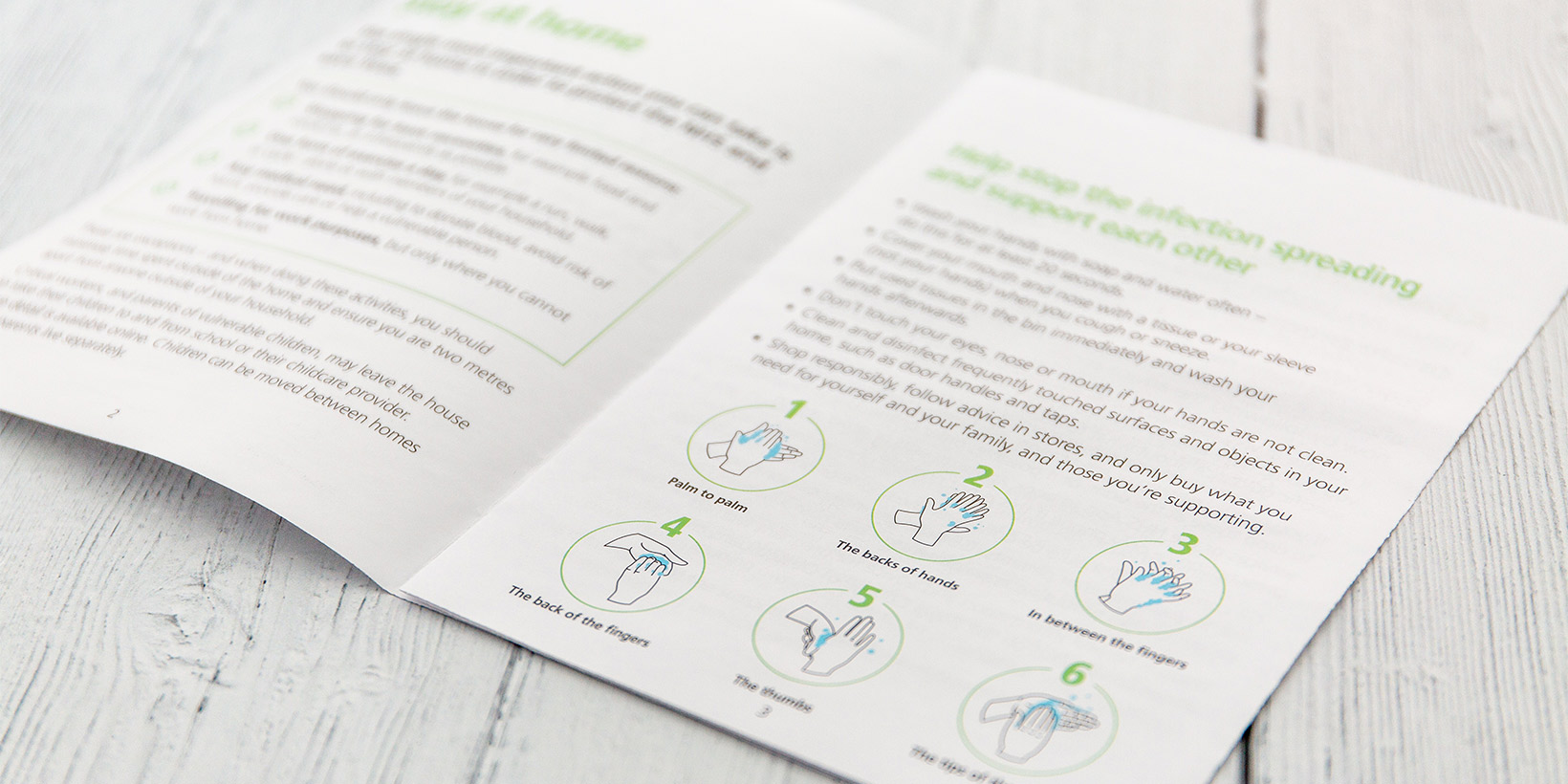
5 Ways to Make Sure Health and Safety Measures Don’t Stress Out Your Students
Oh, 2020. A year of challenges we could never have predicted. While yoga teachers and studio managers might be feeling stressed out about how to effectively implement new health and safety measures, it’s important not to forget that many yoga students are finding the new rules difficult too.
Depending on how they’re feeling, they could be anxious about whether or not the measures will protect them; concerned about how certain restrictions will affect their practice; or generally overwhelmed by how quickly everything has changed. In cases where the instructions are confusing or hard to follow, they might also be worried about whether or not they’re getting it right and doing their part correctly.
Leaving as little room for error or uncertainty as possible will help to reduce anxiety
Given that part of a yoga teacher’s job is to help yogis relax, focus, and get present with their practice and themselves, we need to support them by making the restrictions as straightforward and stress-free as possible. But that’s not easy — so dig deep into your teaching toolkit and use language and space-holding techniques to help everyone feel at ease.
Start with simplicity
Before anything else, make sure YOU understand the regulations that apply to your classes in your region. Give yourself time to take them in and seek advice from other teachers or studios so that you feel confident you’ve got a handle on things.
Then, when you know exactly what needs to happen to meet the requirements and keep your classes safe, break it down. Make each thing you need to do as simple as possible.
For example, if you need to keep students two metres apart, plan how they’ll enter and leave the space and use floor markings to make it easy for them to see where they need to be. If you identify when each person will need access to hand sanitiser, you can position dispensers where they’ll be most convenient. If you’ve got to keep windows open for air flow, you can let students know they might need a warm sweatshirt or blanket for savasana.

Give instructions before they arrive, and repeat once they’re at the studio
Write out the rules in clear language, and do the same with any instructions that yogis need to follow when they’re at the studio. Even better if you can make a design to put these details in simple bullet-point format in a PDF or printable flyer. Make sure you choose a simple, easy-to-follow design.
Send your PDF to everyone who’s booked a class ahead of time, and have printouts available at the studio for yogis to read on-site or take away with them.
Not everyone will read the instructions before they arrive, but most will; and giving them the opportunity will not only make them feel more relaxed, it’ll make your life easier too. The less explaining and organising you have to do once people are in the room, the calmer everyone will feel. And the measures will feel less intrusive if you don’t have to spend lots of time getting everyone up to speed at the start of each class.
Make it clear what each individual is responsible for
In the instructions you send out before class, and when students arrive, make sure they know what their role is in following the guidelines.
For example, this might be wearing a mask, bringing their own mat and props, respecting signage or floor markings to maintain physical distancing, not coming to class if they don’t feel well, and letting you know if they do get a positive Covid-19 test result in the time following a class so that you can inform other attendees.
If you’re stressed out and unsure, your yogis will feel that
Leaving as little room for error or uncertainty as possible will help to reduce anxiety, as students won’t have to worry about whether or not they’ll make a mistake.
Use language to break the tension
With all the relevant measures in place, and everyone up to speed on what they need to do, help everyone to feel comfortable in the first few minutes of class by not pretending that none of this is happening.
Empathetic comments about how things might feel a little strange, or a touch of humour, can lighten the mood and give everyone a chance to laugh it out and let go. Which, in turn, will free up headspace for them to fully arrive on the mat and in their practice.
Prepare yourself to hold the space
Finally, don’t forget you in all of this. If you’re stressed out and unsure, your yogis will feel that. The steps above — getting clear on what needs to be done, and making it all as simple as possible for yourself and your students — will help.
Then draw on your space-holding skills to make sure you’re ready to keep bringing the energy in the room back into focus, and give cues that help everyone return to the present moment again and again.
Plan how you’ll physically move in the space, as this will probably be different from usual. You won’t be walking around as much, and you probably won’t be offering any hands-on adjustments at all. Know where you can go in the room without getting too close, and think about how you can use your body within those boundaries; for example, you might demonstrate more than usual, or simply practice standing still confidently if you’re used to walking around the room as you teach.
Take the time you need before class to breathe, ground yourself, and feel at home in your own body and in the teaching room. And remember that ultimately, the heart of your teaching hasn’t changed; you’ve just got to deliver it a bit differently for the time being.






